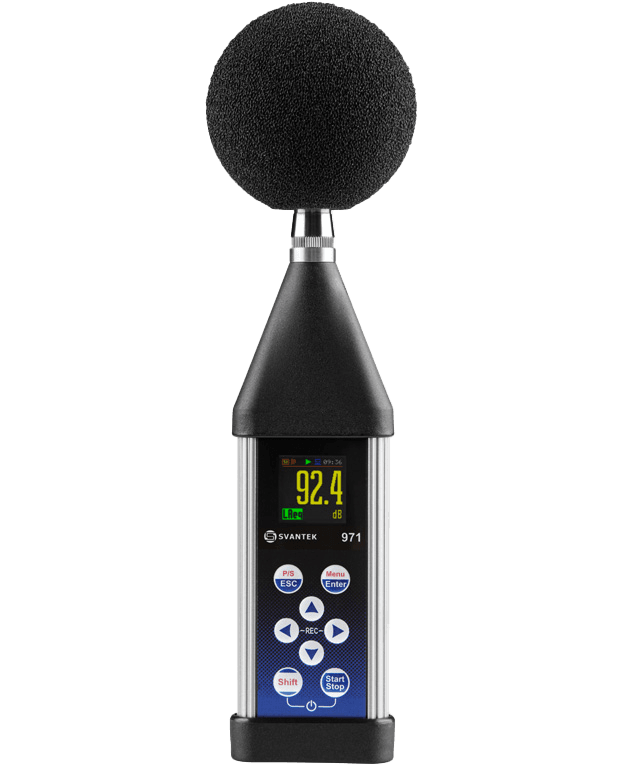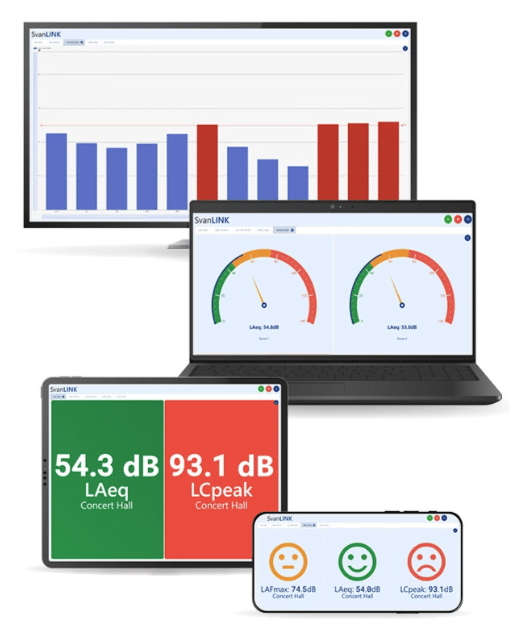Health & Safety
Noise Monitoring
In the UK, the Health and Safety Executive enforces a set of regulations that all UK businesses should comply with, these are named The Control of Noise at Work Regulations 2005. In simple terms, the main aim of the regulations is to ensure that employees are protected from excessive noise exposure to prevent hearing loss and damage.
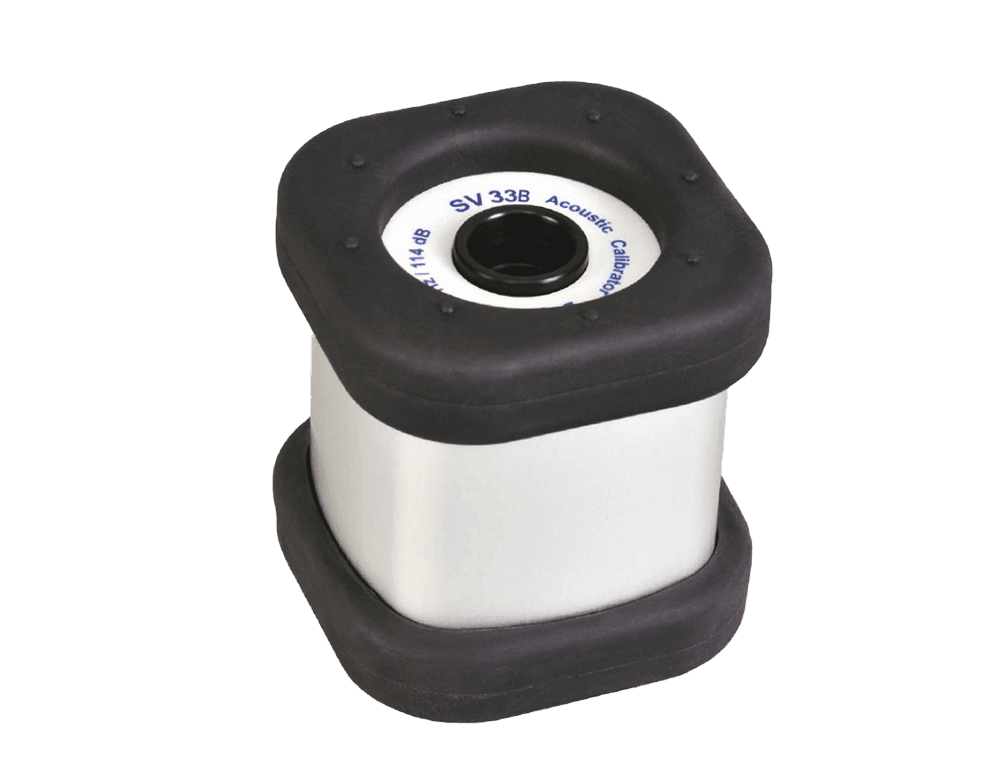
SV 33B Acoustic Calibrator
SV 33B Class 1 Acoustic Calibrator produces an acoustic pressure of defined level 114 dB at frequency of 1 kHz. The SV 33B is suitable…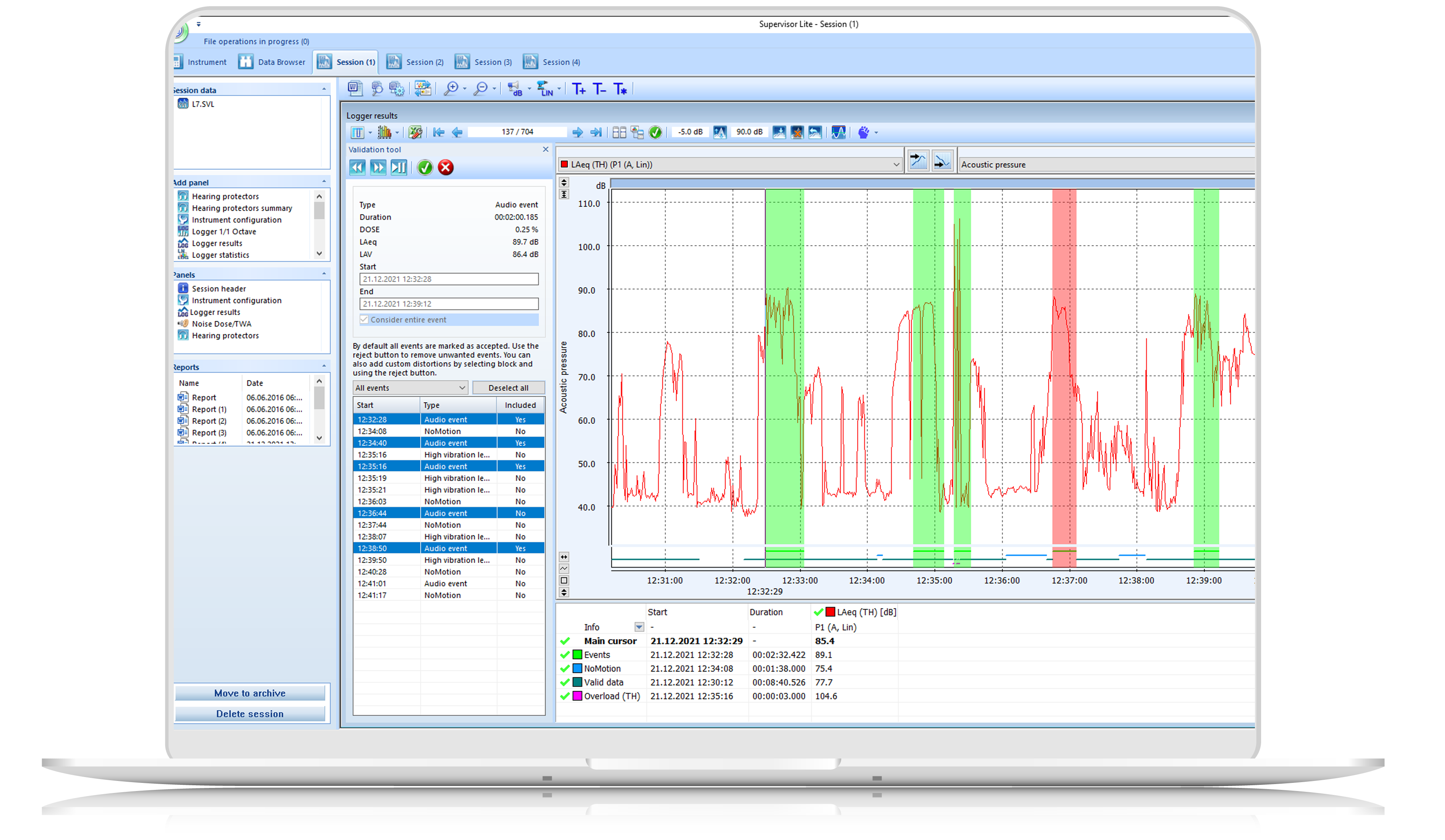
Supervisor Health and Safety Software
Supervisor is the PC software package dedicated for health and safety specialists. The software supports the whole family of Svantek instruments dedicated to the health…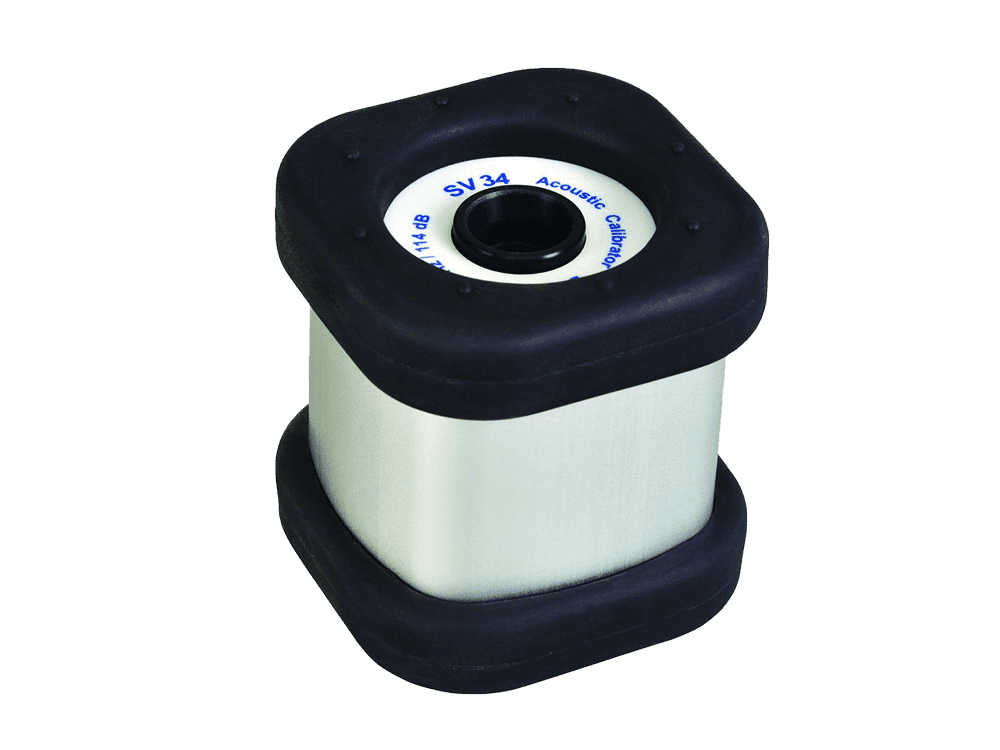
SV 34B Acoustic Calibrator
The SV 34B Class 2 Acoustic Calibrator generates reference signal of 114 dB at 1 kHz and is designed to calibrate Class 2 sound level…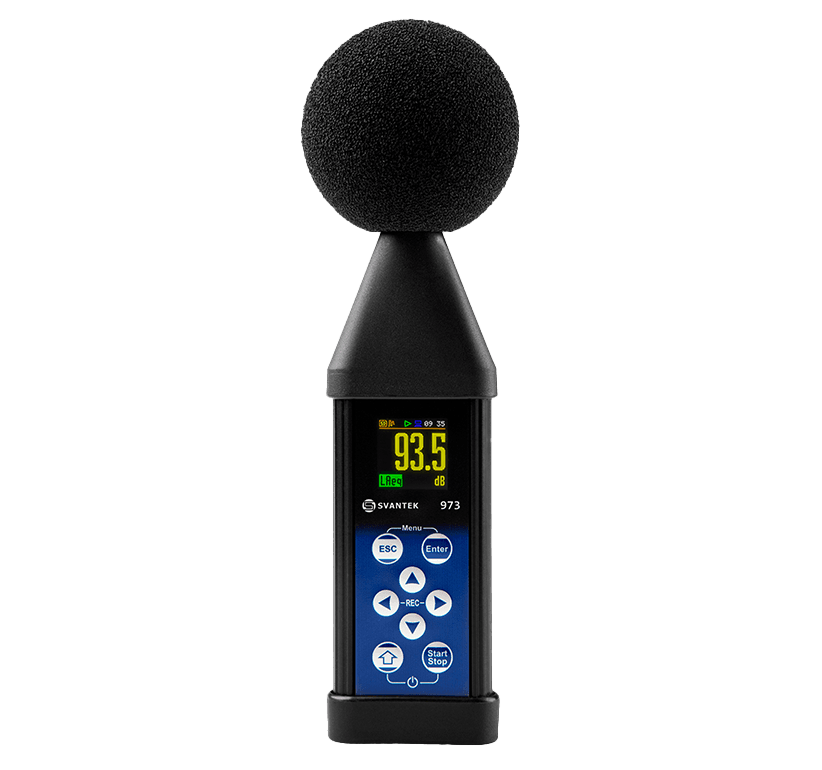
SV 973 Sound Level Meter
SV 973A is a Class 2 sound level meter with a wide frequency range up to 10 kHz. The unique feature of the SV 973A…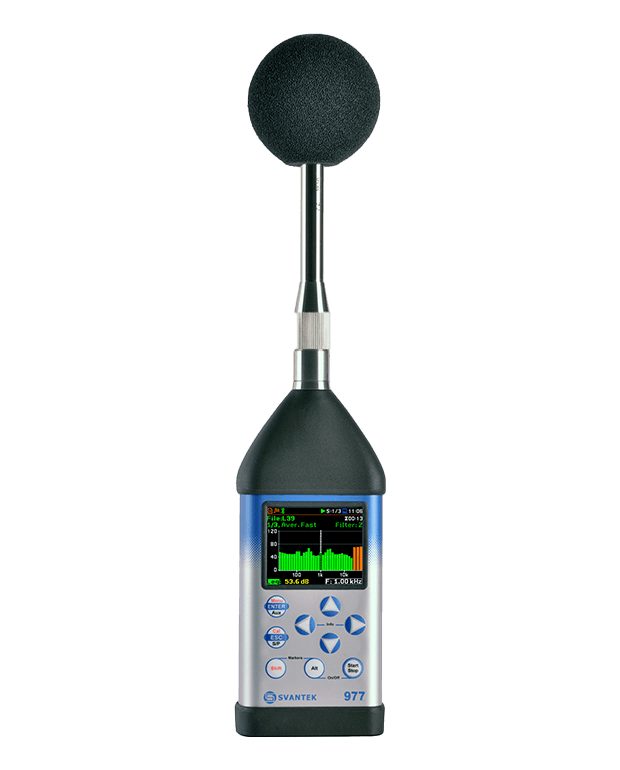
SV 977 Sound and Vibration Analyser
The SV 977D is a Class 1 Sound and Vibration meter designed for building acoustics, occupational noise and environmental noise measurements.Understanding Noise Monitoring
Noise monitoring refers to the process of measuring, assessing, and managing sound levels in various environments.
Why Noise Monitoring Matters
Consistent noise exposure monitoring is essential in safeguarding workers’ well-being and ensuring regulatory compliance. Excessive noise can cause irreversible hearing loss, fatigue, stress, and reduced concentration, all of which can compromise site safety. Proactive noise level monitoring helps identify hazardous exposure early, guiding employers on control measures such as hearing protection or engineering controls. Environmental noise monitoring helps organisations and individuals ensure they comply with local noise regulations. This includes environmental such as urban zones, industrial areas, construction sites and more.
Who Needs Noise Monitoring Equipment?
Noise monitoring equipment is used across a wide range of industries. Construction, manufacturing, aviation, energy production, and entertainment industries all have unique acoustic challenges. Environmental health officers, acoustic consultants, and health and safety professionals rely on this technology to assess both workplace & environmental sound levels.
What Types of Noise Can Be Measured?
Industrial noise monitoring can capture continuous, intermittent, and impulsive sounds. This includes machinery noise, traffic noise, construction activity, and environmental sources such as wind farms or airports. Whether the focus is occupational noise monitoring in a factory or remote noise monitoring for an infrastructure project, accurate and repeatable readings are vital.
Sound vs Noise: Is There a Difference?
In acoustic terms, sound is a general term for vibrations that travel through air or another medium and can be heard. Noise, by contrast, is usually considered unwanted or disruptive sound.
Class 1 vs Class 2 Sound Level Meters
The main difference between Class 1 & Class 2 sound level meters lies in precision. Class 1 meters are designed for environmental and lab use; they offer a wider frequency range and tighter tolerances. Class noise monitors adhere to the same performance criteria as Class 1 sound level meters according to IEC 61672. Class 2 meters, on the other hand, are most often used in general workplace applications and are suitable for basic compliance assessments. Both are crucial tools in the wider field of noise measurement.
UK Regulations on Noise Monitoring
In the UK, there is no single set of dB limits for environmental noise that applies across the board. Regulations and guidelines can vary depending on the source of the noise, the location, and the time of day. However, for construction sites, the document BS 5228-1:2009 suggests that noise levels should not exceed 70 dBA in rural, suburban, and urban areas away from main roads and 75 dBA in urban areas near main roads between 07:00 and 19:00 hours. For long-term earthmoving activities, a limit of 55 dB Laeq, 1h is suggested for daytime construction noise, provided the works are likely to occur for a period exceeding six months.
Do Monitors Support Remote Monitoring & Data Logging?
Yes! Many modern devices, including those available from us at AcSoft, offer remote access and real-time data logging. These features are particularly valuable in long-term environmental studies or remote locatiomonitoring. Remote noise monitoring ensures uninterrupted data capture and allows for alerts when thresholds are exceeded.
Best Noise Monitors For Construction Sites
Construction sites demand robust, weather-resistant equipment capable of withstanding harsh environments. Portable solutions with integrated communication modules and long battery life are ideal. AcSoft offers a range of noise monitoring equipment rental options that meet the demands of construction professionals.
How To Choose the Right Noise Monitor
Choosing the right solution depends on several factors, including regulatory requirements, measurement duration, budget, and intended application. For short-term projects or trials, renting equipment can be cost-effective. Visit our rental page or contact the AcSoft team for expert advice tailored to your needs.
Why Choose AcSoft?
Established in 1994, AcSoft is a trusted provider of advanced noise and vibration monitoring solutions across the UK. With a deep understanding of industry standards, a comprehensive support service, and a wide range of products, we help professionals across every sector measure noise levels with precision and reliability. Whether you need to measure noise level for compliance or long-term project, AcSoft is your partner in sound measurement. Explore our full noise monitoring offering to find the right solution for your project today.
